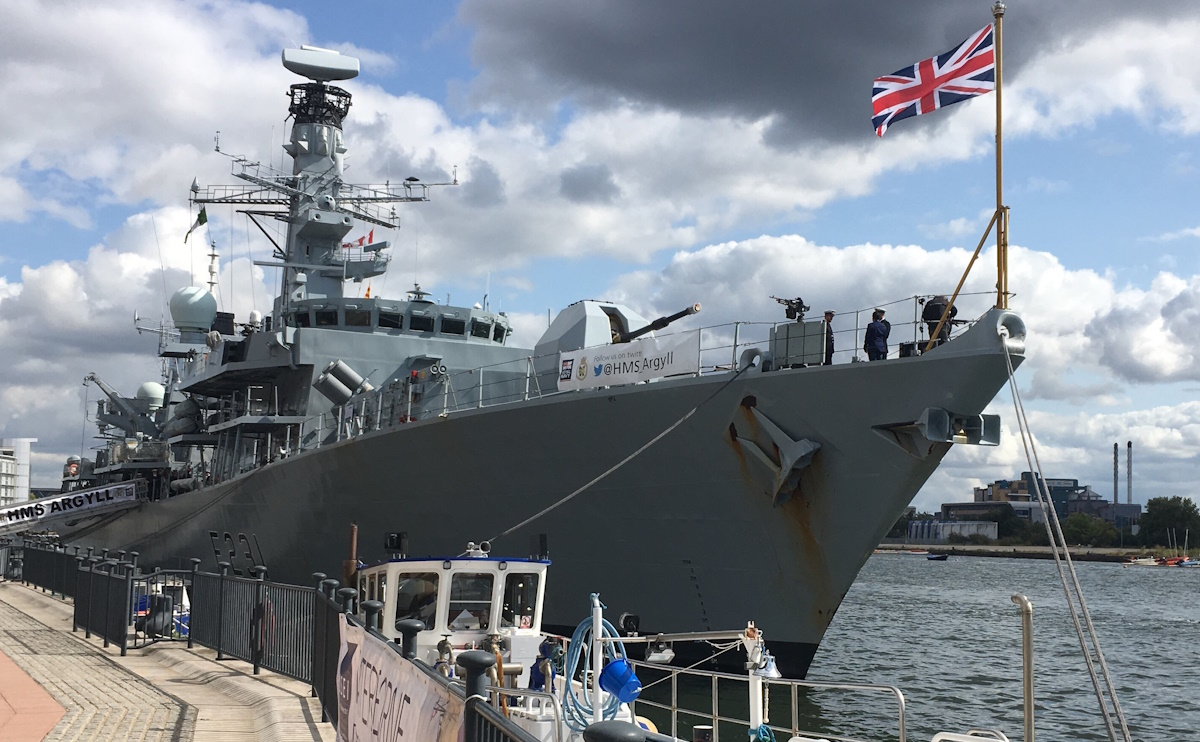10 Fascinating Facts About The British Royal Navy

The Royal Navy is the United Kingdom's naval warfare force, known for its illustrious history, technological prowess, and vital role in global maritime security. Here are ten intriguing facts about this prestigious naval service.
1. Motto
The Royal Navy's motto is "Si vis pacem, para bellum," which means "If you wish for peace, prepare for war."
2. Founding
The Royal Navy is one of the oldest armed forces in the world, with its origins dating back to the 16th century.
3. Major Battles
Throughout its history, the Royal Navy has participated in significant battles such as the Battle of Trafalgar in 1805 and the Battle of Jutland in 1916.
4. Fleet Size
The Royal Navy operates a diverse fleet, including aircraft carriers, submarines, and destroyers, ensuring a strong maritime presence.
5. The Queen Elizabeth Class
The Royal Navy's newest aircraft carriers, HMS Queen Elizabeth and HMS Prince of Wales, represent a new era in naval capability.
6. First Female Commanders
In 2015, the Royal Navy appointed its first female commanders, marking a significant milestone in gender equality.
7. Global Operations
The Royal Navy has a global reach, engaging in numerous operations to maintain peace and security around the world.
8. The Royal Navy and the World Wars
During both World Wars, the Royal Navy played a pivotal role in securing victories through naval blockades and major naval battles.
9. Submarine Service
The Royal Navy operates a fleet of submarines equipped with advanced stealth technology, ensuring strategic deterrence.
10. Humanitarian Missions
The Royal Navy also participates in humanitarian missions, providing aid and assistance during natural disasters worldwide.
Timeline of The British Royal Navy
1546
King Henry VIII establishes the Navy Royal, which later becomes the Royal Navy.
1588
The Royal Navy defeats the Spanish Armada, establishing its dominance at sea.
1756
The start of the Seven Years' War, with major naval battles fought across the globe.
1914
The onset of World War I, where the Royal Navy plays a crucial role in naval warfare.
1939
The beginning of World War II, during which the Royal Navy again proves vital.
2010
Launch of HMS Queen Elizabeth, marking a new age for the Royal Navy.
2021
Royal Navy increases focus on modern warfare and emerging threats.